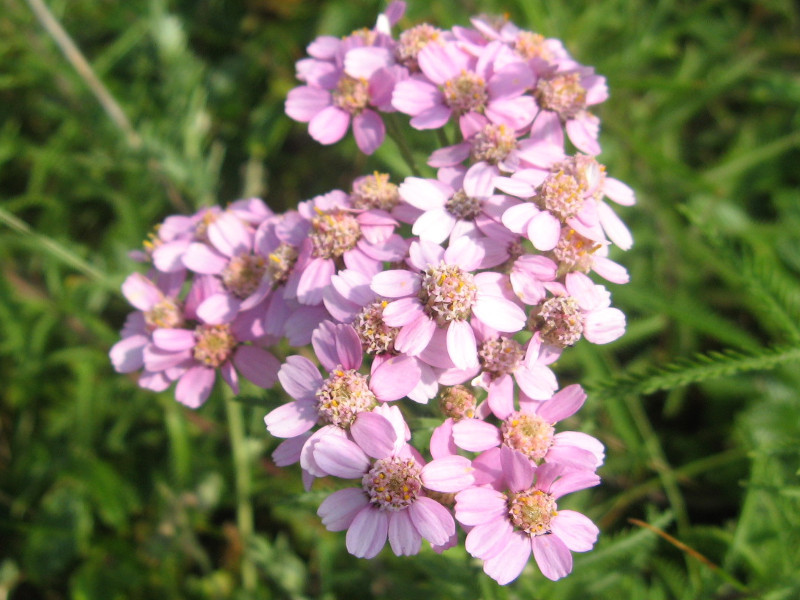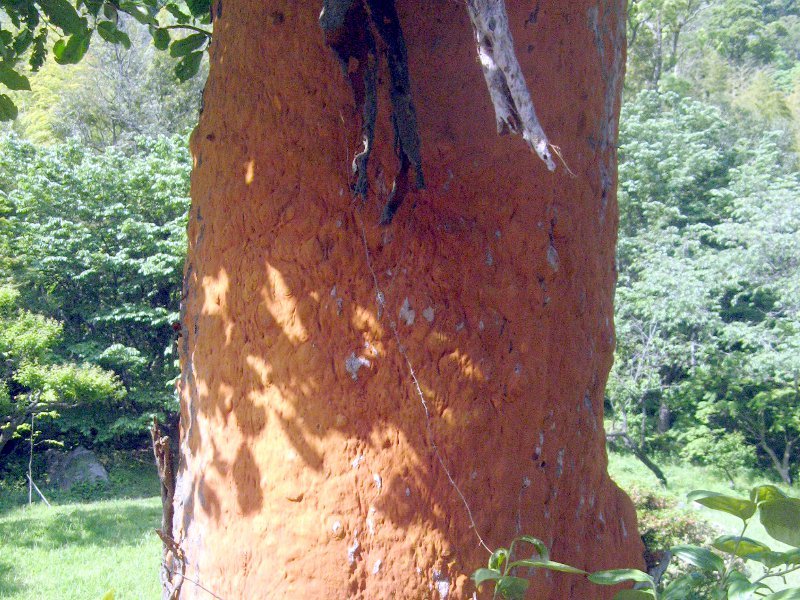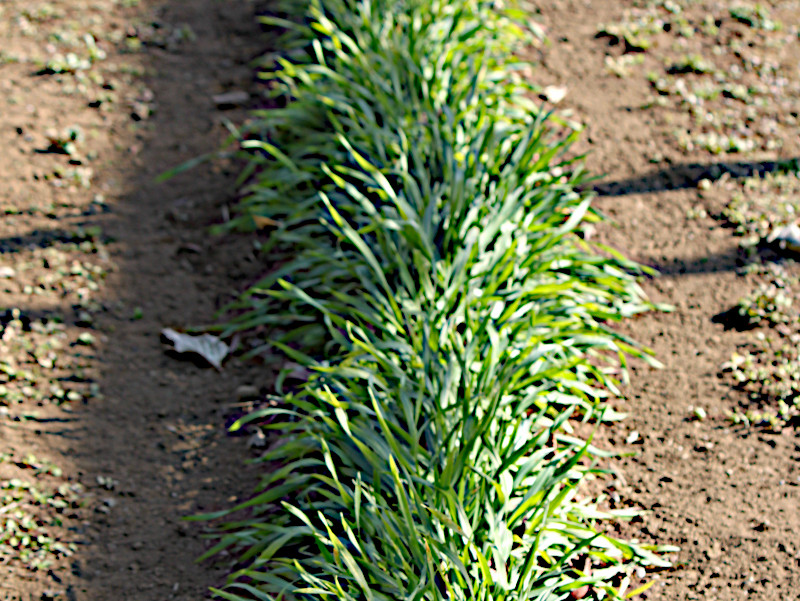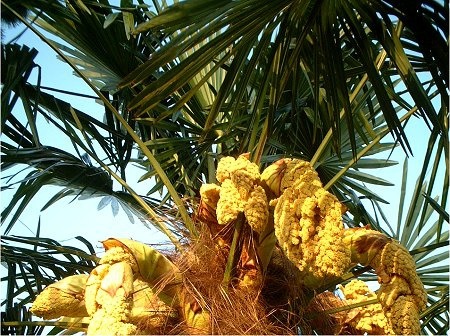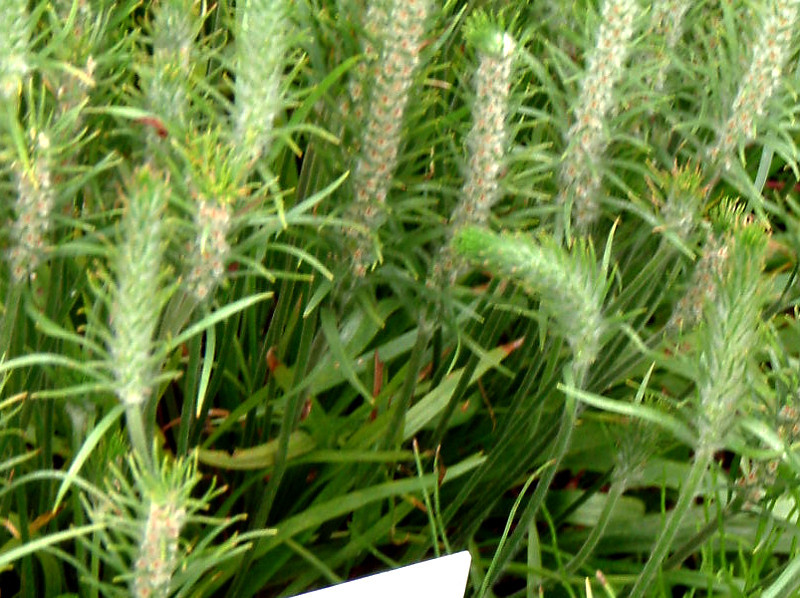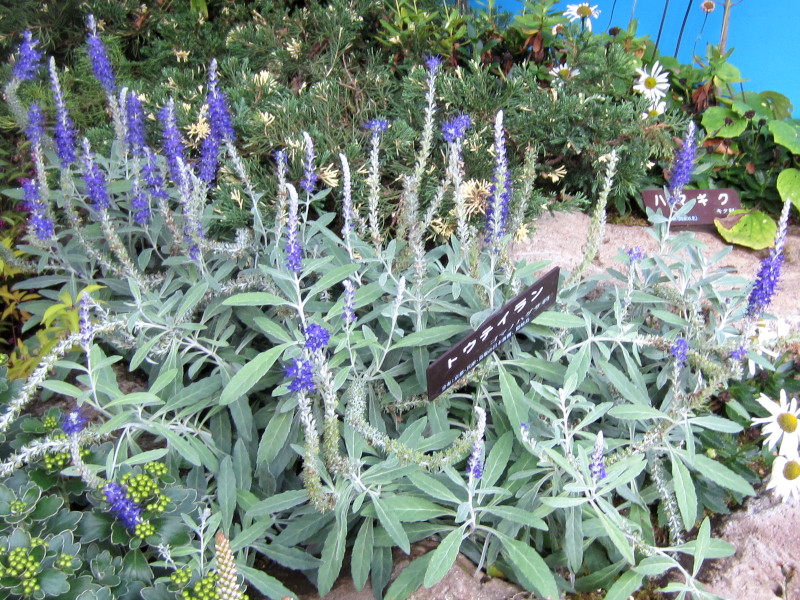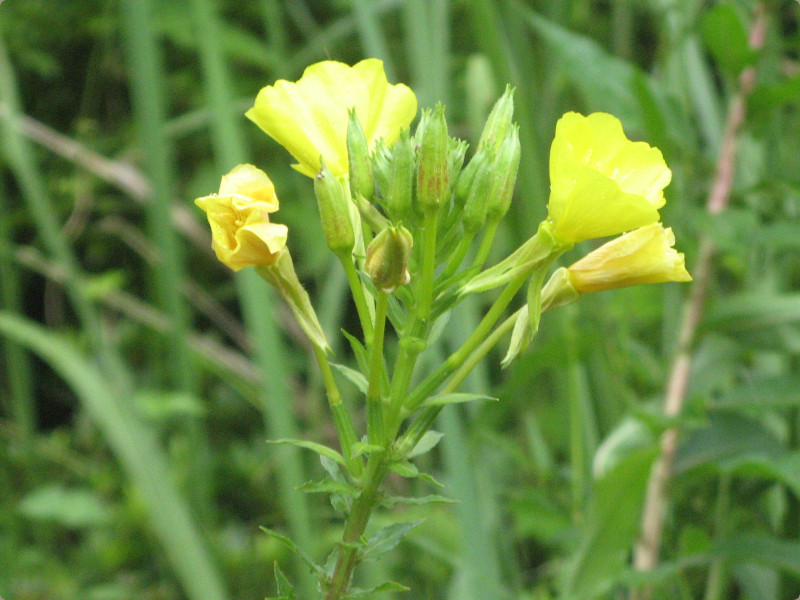Achillea japonica
- Flower nameAchillea japonica
- Scientific nameAchillea alpina subsp. japonica
- Alias北鋸草, ホロマンノコギリソウ
- Place of originEurope, West asia
- Place of floweringSeashore, Sub-alpine, Hokkaido
- Flowering seasonJuly, August, September
What is Achillea japonica
Achillea japonica(scientific name: Achillea alpina subsp. Japonica) is a perennial of the Asteraceaefamily native to Japan. It grows naturally on the high mountain grasslands and coast of Hokkaido to Aomori Prefecture. It is designated as Endangered II (VU) of the Environment Agency. The stem well branches. In another name, it is called Holoman-nokogirisou. From summer to autumn, head-like flowers are bloomed by extending tufted inflorescences from shoot apices and axiles. Head flowers are 6 to 8 female tongue-shaped flowers with white-to-pink and marginal flowers in the center, amphibian flowers. Leaves are green and thin and jagged. Leaves are pain-relieving and hemostasis effects when you crush and hit cuts. Fresh leaves can be eaten with salad or boiled. Flowers are used for cut flowers and dry flowers. It is similar to {{Achillea alpina}} (scientific name: Achillea alpina), but the head flower of Saw Palmetto is less than 1 cm, whereas Achillea japonica is 1 to 1.5 cm and it is large.
Generic name: Achillea japonica, scientific name: Achillea alpina subsp. Japonica, origin:, Distribution of habitat : Hokkaido to Northeast coast, Environment: grassland, well branched, height of plant height: 40 to 80 cm, stalk length: 5 to 10 cm, leaf order: alternate, leaf shape: feathered split, lobular shape: oblong Linear, leaf margin: serrated, inflorescence type: scattering inflorescence, flower shape: head flower, head flower diameter: 1. 1.5 cm, flower diameter: 0.6 cm, tongue-shaped flower: 6 to 8, flowering period: 7 to 9 Moon, flower color: white, pink.
